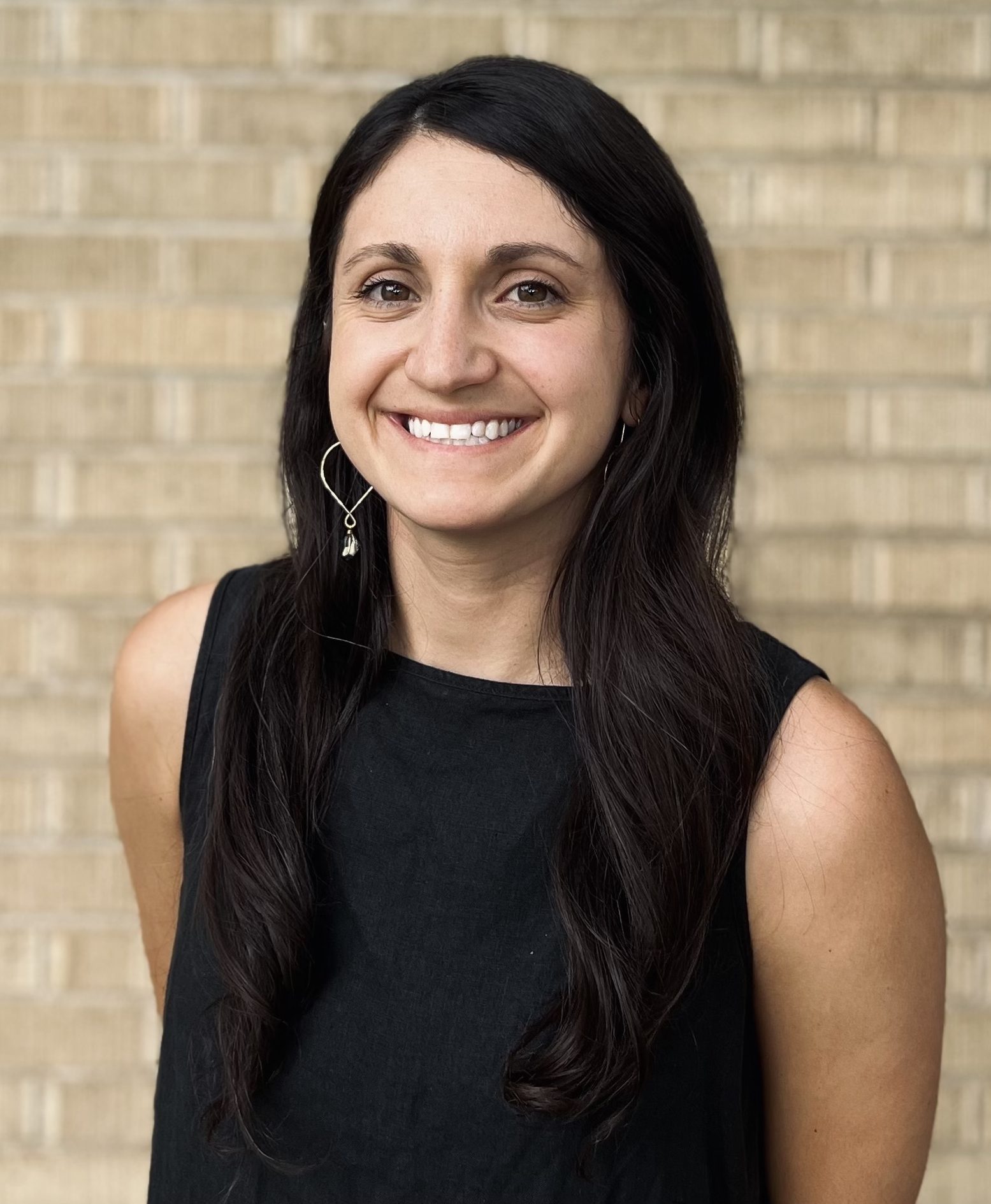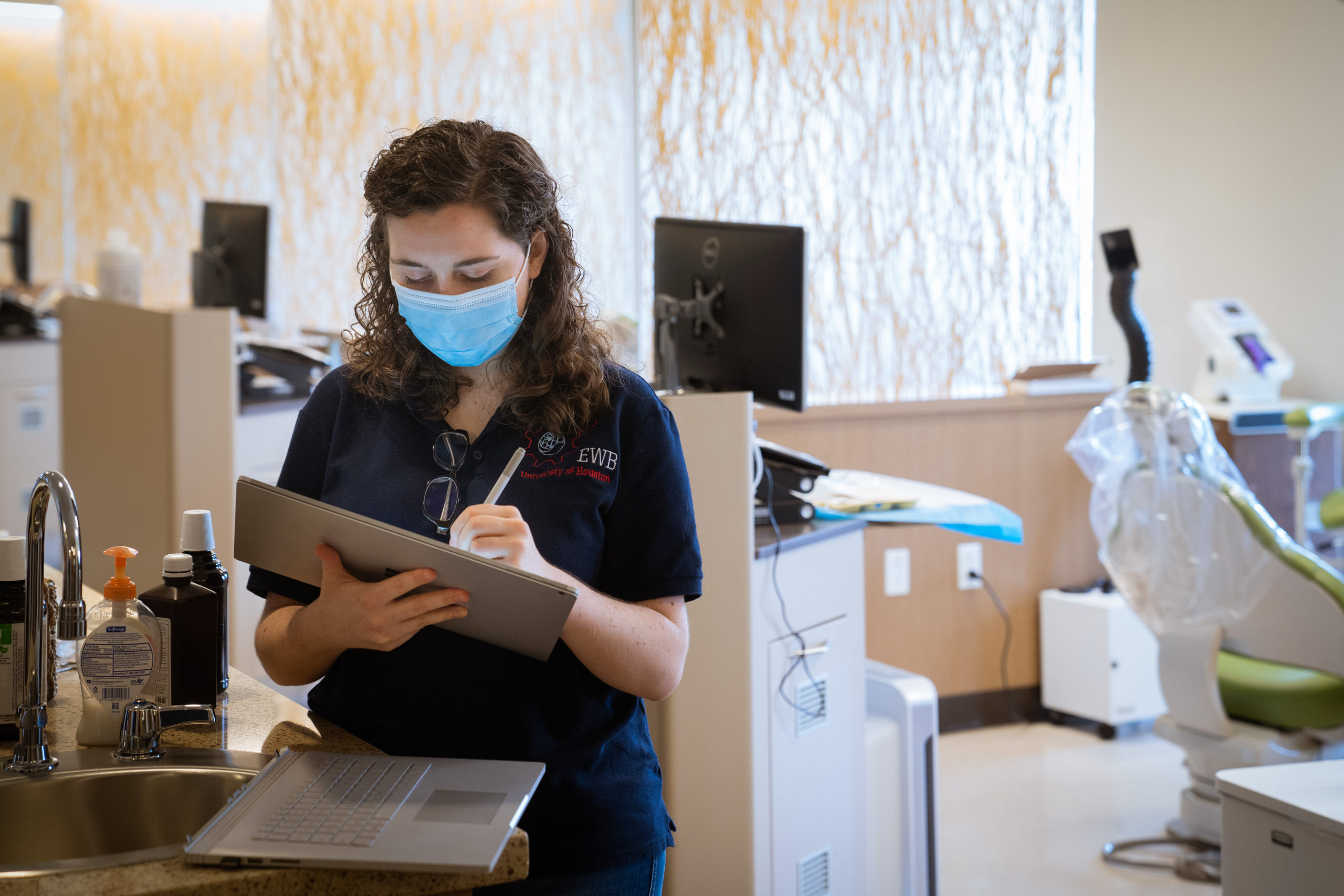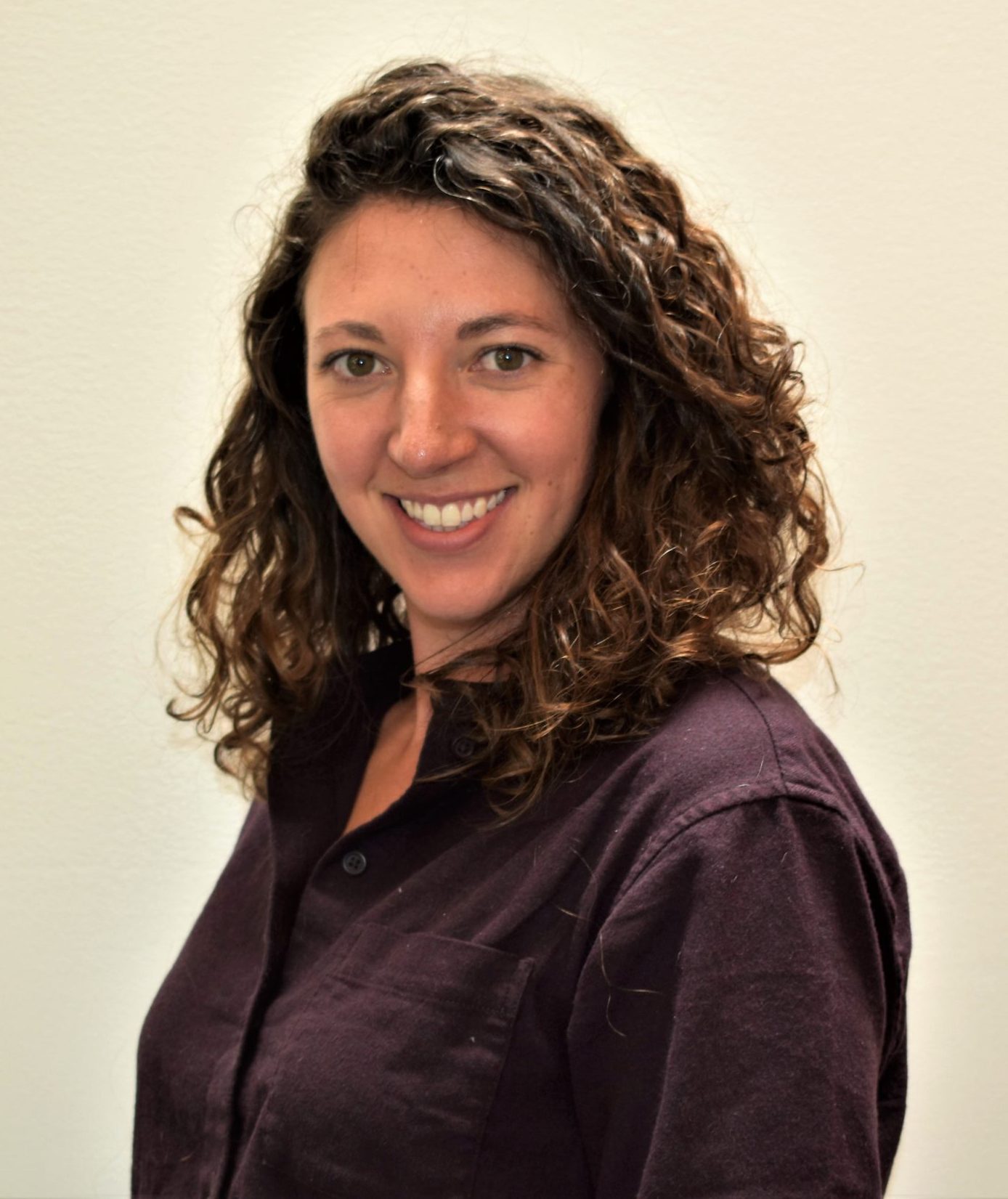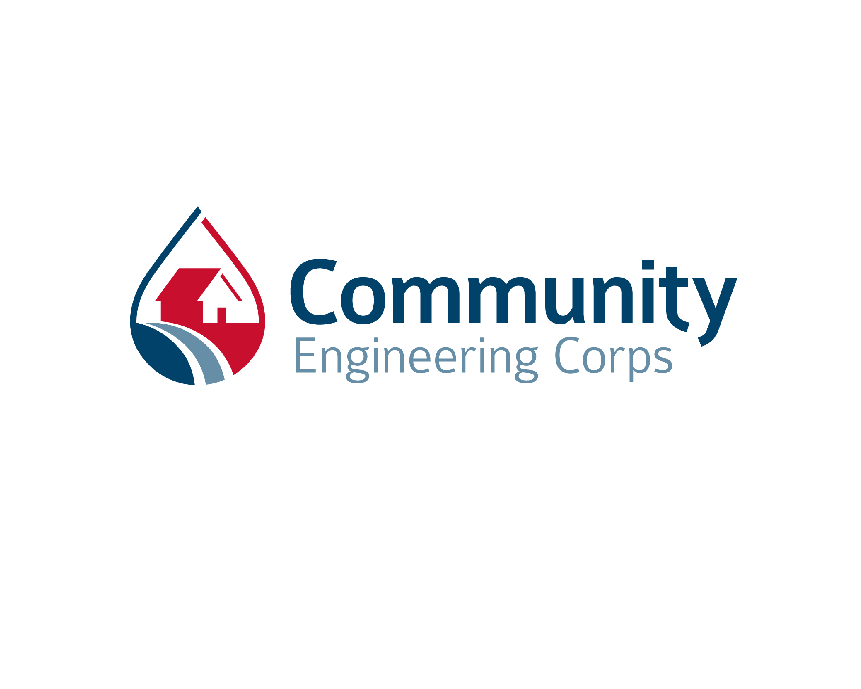
Community Engineering Corps provides pro-bono engineering and technical assistance in partnership with communities in need of support for their local infrastructure improvement projects. ESAL spoke with Natalie Celmo, senior project engineer, and Ellie Carley, senior program coordinator, to learn how they support underserved groups.
RM: What inspired the creation of your organization?
Carley: Community Engineering Corps was established in 2014 as a collective impact partnership with Engineers Without Borders USA (EWB-USA), the American Society of Civil Engineers (ASCE), and the American Water Works Association (AWWA) as the founding partners. We had a lot of volunteers and staff that wanted to support underserved communities with infrastructure issues across the US. We developed the Community Engineering Corps program to provide a framework to properly and safely execute infrastructure projects that needed engineering expertise. We wanted to provide a vetting process and insurance policies to guide volunteers through projects.
Celmo: We also recognized that underserved communities are left behind when it comes to infrastructure development in the US, even when there are infrastructure bills or other funding available. We saw the opportunity to leverage our network of volunteers and to advance community-driven infrastructure solutions.

Natalie Celmo.
RM: Can you guide me through the process of how a project works?
Celmo: Generally, our framework mimics what you would expect from a consulting firm. A community comes to us with their need and we work with them to identify the scope of the issue. In some cases, the volunteers are finding projects in their communities to bring to Community Engineering Corps. In other cases, communities find us through an online search or word-of-mouth and apply directly. If the community qualifies during our vetting process as underserved and their issues align with the services we are able to provide, then we find a volunteer team to move the project forward. We make sure that the right volunteers are partnered with the right communities.
All of our volunteer teams are required to have a licensed professional engineer with expertise that falls within the discipline of the project. The volunteer team works with the community on a daily, weekly, or monthly basis to scope the project and develop solutions.
Carley: Our process includes staff contacts for both the volunteer teams and the community partners to help represent them. This creates a good balance between volunteer capacity to work directly with communities while also having staff assistance to keep projects on track.
RM: How do you ensure that each community has a voice in the process?
Carley: The majority of our projects are submitted by community partners who know exactly what's going on in their community. When we connect volunteer teams with community partners, we always prepare our volunteers to acknowledge that while they might be the engineering experts, the community partner has been dealing with this problem for a long time. The volunteers are prepared to listen, to learn necessary information, and to produce deliverables that move the project forward. Basically, the communities are the most important stakeholders.
Celmo: I would emphasize the listening and learning piece: when we train our teams, we focus strongly on soft skills, especially listening and learning. The unique thing about our projects is that our volunteers want to be in the community and recognize this as a partnership, not a business transaction. To make sure the community members' voices are heard, the design phase is an iterative process of working through ideas with the community.

Christa Robbins, volunteer with Community Engineering Corps and Engineers Without Borders USA, gathers preliminary information for a community project in Houston, Texas.
Are there success stories that you'd like to share?
Celmo: Our success comes in many forms, but I can provide an example that shows the niche we fill in the engineering world. There was an underserved community in rural Pennsylvania that had already been awarded a community development block grant. The community needed to mill and repave their main street that was deteriorating due to erosion issues. The grant would fund construction, but this was a small, rural community that didn't have the money for an engineering report. We were able to partner them with an ASCE team and a design team that provided an engineering report and environmental study, enabling the community to use the construction money that they might have lost without access to engineering expertise.
Carley: I have another example in the early project stages, but we're really excited about this partnership. St. Louis is doing a greenway infrastructure rebuild that connects eight boroughs in the area, providing the city with a massive greenway space. A community partner identified streets in primarily Black neighborhoods that have a ton of open, vacant lots next to the greenway. She took the opportunity to talk to the city about her idea to put water catchment systems on these lots. She worked really hard with the community and the city and even found a grant that would help with construction, but needed designs for each water catchment system for over a dozen lots. We were able to find an amazing team in the St. Louis area ready to work on designs that will uniquely enhance these vacant lots with the intent to eventually open them up as art spaces or interactive areas for the community. Check out this video to learn more about the project!

Ellie Carley.
RM: How has being a part of Community Engineering Corps impacted the volunteer engineers?
Celmo: We could talk about this for a long time! EWB-USA has a dual mission: first, serving communities and helping communities advance their infrastructure needs, and second, developing the future generation of engineers. Working to address infrastructure inequities in your own communities opens your eyes to the possibilities that you have as an engineer to impact the world around you. Many volunteers have said that this work enhances their leadership and soft skills. Our professional volunteers are able to work on projects in a different but related discipline from their day-to-day work, gathering new experience without making a big career shift.
Carley: We ask our volunteers in surveys if the experience was useful and meaningful to their personal and professional lives. Through this survey data, we see that students appreciate getting firsthand knowledge and real world experience in consulting engineering. On a personal level, volunteers get to see what's going on in their own neighborhoods by partnering directly with the community. Volunteers have said through these internal surveys that they had no idea someone was struggling with infrastructure issues right around the corner.

Community Engineering Corps Logo.
RM: How could an interested engineer get involved?
Carley: There are so many ways to get involved, so please contact us! You can go join a local EWB-USA chapter and existing project, start your own project team, or find a community partner that needs engineering assistance. Check out EWB-USA’s Volunteer Village to learn more about volunteer opportunities. If you’re in a community that needs engineering support, you can apply for assistance on our website.
RM: How do you envision Community Engineering Corps growing and developing in the future? What are your goals for the organization?
Celmo: In a perfect world, we wouldn't have a job because all communities would have access to the engineering services they need. The end goal is to work ourselves out of a job. But I think our biggest goals are getting the word out about our services, working in more communities, bridging gaps that prevent project implementation, and helping communities access funding.
Carley: We're a collective impact partnership and are always connecting with other groups, such as the National Society of Black Engineers and the Society of Hispanic Professional Engineers. In the future, we would love to expand our network and make sure that everybody is getting the support they need on their infrastructure projects.
For more information, please see the introductory video on the Community Engineering Corps website.
Are you involved with an organization or effort that you think might be of interest to the ESAL community? Or have heard about an organization or initiative that you’d like to learn more about? Let us know here, and we may feature it in a future post.